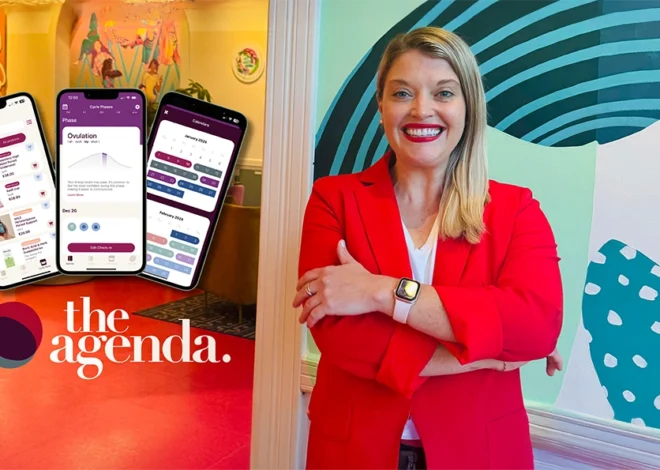Energy Drinks: The Danger Of Creating “Wide-Awake Drunks”
This is Part III of Bright Beacon’s series on Energy Drinks. Don’t miss Part 1 – “Energy Drinks: Do You Know What Your Kids Are Drinking?” and Part II – “Skip The Speed: 5 Reasons Teens Should Avoid Energy Drinks”
ingredient in energy drinks, recent news events have reminded us that
adolescents frequently mix energy drinks with alcohol. One of the notable
aspects of the Central Washington incident was that the students mixed Four Loko
with alcohol, revealing either a poor
understanding of the amount of alcohol in Four Loko or disregarding the danger
altogether.
bottle of wine; with its estimated 500 mg of caffeine, it is comparable to
drinking a six pack of beer plus five cups of coffee. It’s no wonder the drink
is nicknamed “blackout in a can.” So drinking two to three of these drinks at a
party could amount to drinking two to three bottles of wine/six packs of beer
and ten to fifteen cups of coffee. One can understand how mixing these
caffeinated alcoholic beverages with hard liquor could be especially dangerous,
given their high alcohol content already.
in North Carolina, one-quarter of college students consumed energy drinks mixed
with alcohol in the past month. Those who consumed alcohol mixed with energy
drinks (compared to those who consumed alcohol alone) had a significantly
higher prevalence of alcohol-related consequences including:
- Being
taken advantage of - Taking
advantage of another student sexually - Riding
in a car with a driver under the influence of alcohol - Being
hurt or injured - Requiring
medical treatment
Another study of college students
showed that energy drink users (compared to non-users) had heavier alcohol
consumption patterns, and were more likely to have used other drugs (like marijuana
and prescription drugs), both concurrently and in the year preceding assessment.
drink) and depressant (alcohol), who wins? Adolescents believe the energy drink
wins, allowing them to party harder, and longer. But the sad truth is that no
one really wins.
who consumed energy drinks with alcohol felt fewer symptoms such as headache,
weakness, and muscular coordination. But these participants were still impaired
in terms of motor coordination and visual reaction time. Another study reported
that 15% of adolescents mixed energy drinks with alcohol “to drink more and not
feel as drunk,” and 5% of teens “did not want to look as drunk.”
the grave danger: adolescents have the misguided notion that they are not
impaired, when they are just as impaired as a person with the same blood
alcohol level.
attempt to drive themselves and others home, thinking they are less intoxicated
than they actually are. One Four Loko might
give them the rush of five cups of coffee, but the sobering reality is that we’ve
created a “wide-awake drunk”.
evidence, cannot be deemed “healthy” drinks (even for some adults!). In addition to the adverse side effects of
the additives mentioned above, energy drink consumption has been linked to
seizures and manic episodes. There is serious potential for harm and abuse, and
there is very little evidence of clear benefit. Daily exercise, early bedtime,
and healthy dieting would adequately address the core of the reasons why
adolescents choose to consume energy drinks.
energy drinks off the market. Yes, there will still be access to these drinks, but
at least access will be more difficult. Mixing energy drinks with alcohol will
continue. Since energy drinks do have the potential for significant morbidity
in children, perhaps the FDA would consider stronger regulation. Parents should
talk to their children about energy drinks and discuss healthier ways of
fighting fatigue and improving concentration.
Let’s prevent future events, like
the one that happened at Central Washington University, by educating ourselves,
our kids, and those in charge of regulating the distribution of energy drinks.




